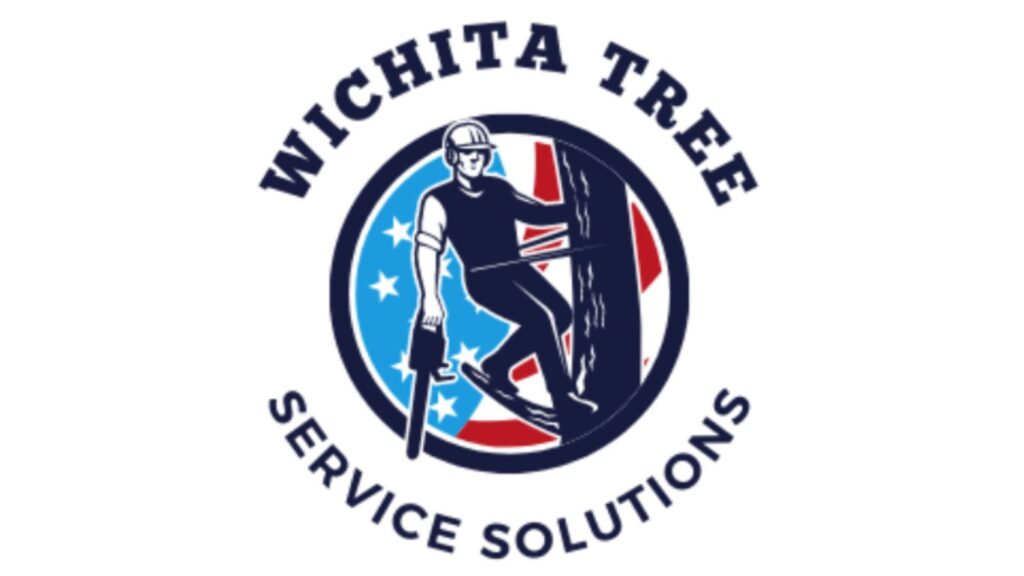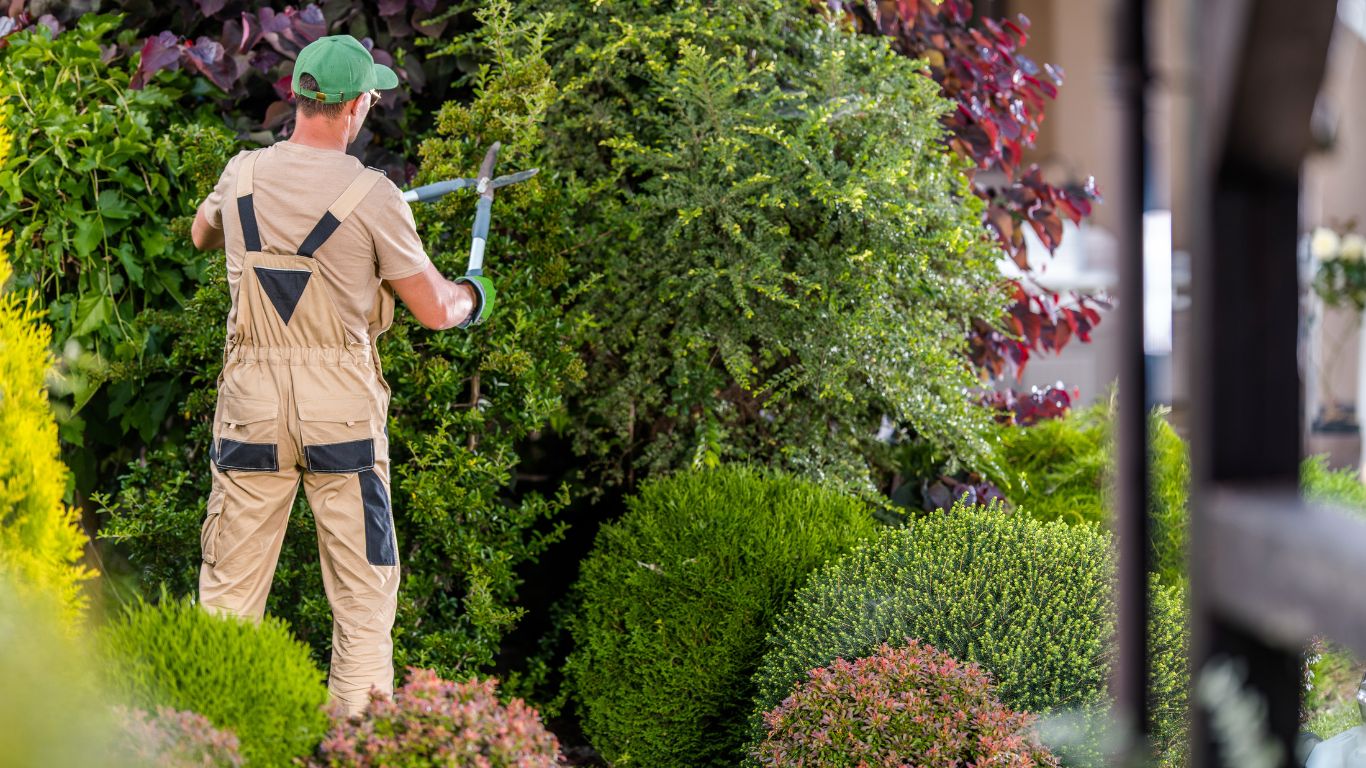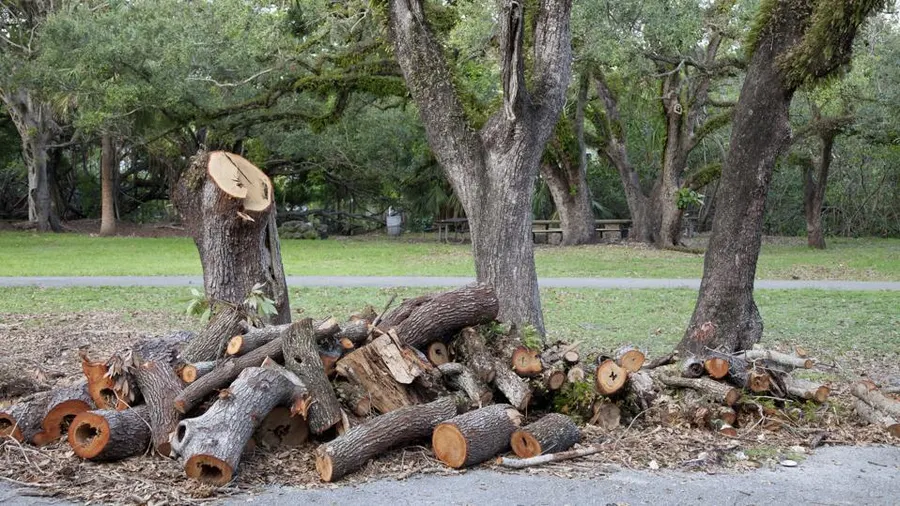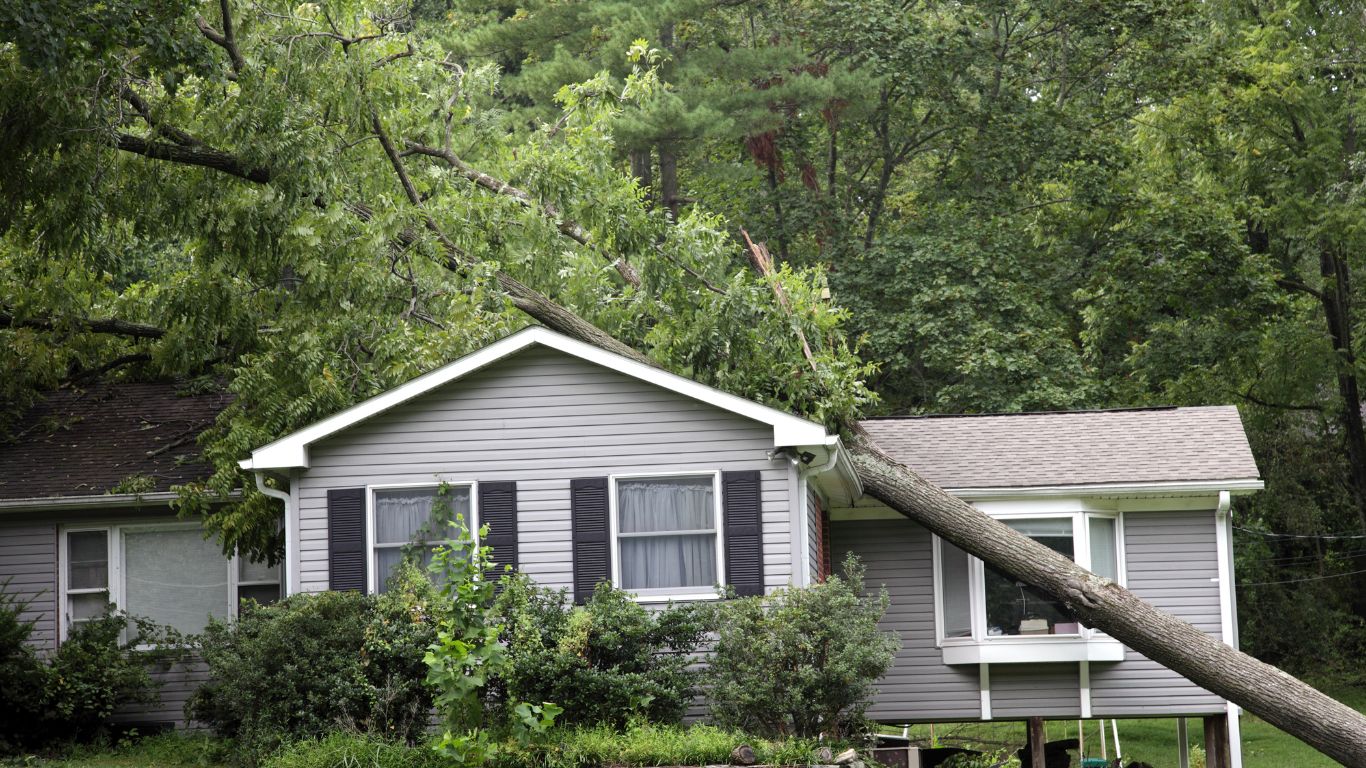
Looking for the best tree service in Wichita? Trees are vital to our urban landscape, and regular maintenance is essential. From pruning to removal, a reliable provider can keep your trees healthy. In this guide, we’ll cover the importance of tree service, types of services, cost factors, and choosing a reputable provider. We’ll also discuss common tree diseases in Wichita and maintaining tree health throughout the seasons. Trust Wichita Tree Service for all your tree care needs!
The Importance of Tree Service in Wichita
Maintaining healthy trees and shrubs in Wichita is vital for creating a vibrant urban landscape. Preventing pests and diseases, removing hazardous branches for safety, and enhancing property value are key. Hiring an arborist for expert advice on tree care can help residents enjoy a flourishing natural environment, ensuring a safe and beautiful environment for all.
Role of Tree Service in Urban Landscaping
Strategic tree planting enhances city beauty by providing shade and reducing energy costs. Regular pruning prevents interference with power lines and infrastructure. Proper tree care is crucial for preserving green spaces, and expert trimming services ensure tree vitality and sustainability.
Impact of Tree Service on Local Biodiversity
Tree service is vital for preserving wildlife habitats, supporting biodiversity, attracting pollinators, enhancing ecosystems, absorbing pollutants, conserving water, preventing soil erosion, and promoting a sustainable ecosystem. Comprehensive tree service plans can lead to a greener future by embracing tree power.
Understanding the Different Types of Tree Services
Tree care involves pruning, trimming, tree removal, stump grinding, emergency response to storm damage or fallen trees, consultations and assessments, and professional advice. Trust experts in Wichita to maintain tree health and shape, addressing safety concerns, preventing regrowth and tripping hazards, and ensuring vibrant trees.
Tree Pruning and Trimming: When and Why?
When and why should you consider tree pruning and trimming? These practices promote healthy growth by removing dead or diseased branches, maintain proper structure, improve safety, enhance aesthetics, and control tree size. Schedule pruning during appropriate seasons for best results.
Tree Removal: Risks and Precautions
Assessing risks and potential property damage is crucial for tree removal. Hiring trained professionals ensures safe removal. Obtaining permits and following local regulations is essential. Protecting surrounding structures and landscaping is also crucial. Consider stump grinding as part of the removal process for a thorough job.
Stump Grinding: Is it Necessary?
Consider stump grinding to prevent tree regrowth, potential pest infestation, and tripping hazards. It also prepares the ground for replanting or repurposing the area while enhancing landscape aesthetics. Consult a tree service provider to assess if stump grinding is necessary.
Cost Factors for Tree Services in Wichita
This guide provides an in-depth analysis of the cost factors influencing the cost of tree services in Wichita, focusing on trimming, removal, and general maintenance. It aims to help individuals make informed decisions about their trees and budget, ensuring the beauty and health of their property.
- Tree Type and Size: The cost of tree services is significantly influenced by the type and size of the tree, with larger trees requiring more time and effort to trim or remove, and different species having varying growth patterns and wood density.
- Tree Health and Condition: The cost of tree services is influenced by its health and condition. Diseased or damaged trees may require removal, while healthy trees can be managed with routine trimming or maintenance, making it more cost-effective.
- Location and Accessibility: Tree location on property affects tree services cost. Hard-to-reach, close to structures, or with limited access can increase labor and equipment costs, while easy-to-reach trees are generally more affordable.
- Services Required: The cost of tree services depends on the specific needs, with basic services like trimming and pruning being less expensive than removal, stump removal, grinding, emergency services, and additional services.
- Local Regulations and Permits: Wichita regulations protect trees and the environment, requiring permits for certain tree services, especially if protected by local ordinances. Obtaining permits may come with associated fees and affect project timelines.
How to Choose a Tree Service Provider in Wichita
When choosing a tree service provider in Wichita, ensure they have proper credentials, local experience, positive customer reviews, and offer a wide range of tree services, including trimming, pruning, and removal, and have the necessary equipment for the job. Look for a local provider familiar with Wichita’s unique tree challenges and check for positive customer reviews.
Credentials to Look for in a Tree Service Provider
When selecting a tree service provider, consider their credentials, including certifications from reputable organizations like the International Society of Arboriculture (ISA), liability insurance, local license, and compliance with local regulations. Choose a provider with trained arborists on staff and check if they have professional affiliations or memberships in industry associations.
Importance of Local Experience and Knowledge
Choosing a local tree service provider with local experience and knowledge can significantly improve tree care in Wichita, Kansas. They are familiar with tree species, common issues, climate, soil conditions, pests, diseases, early detection, prevention, and compliance with regulations. Trusting these experts ensures the best care for your trees.
What are the Common Tree Diseases in Wichita?
This guide discusses the importance of tree health and beauty in Wichita, Kansas, highlighting five common diseases that can threaten tree vitality. It provides insights on identifying, preventing, and treating these diseases to enhance property aesthetics and preserve the environment.
Oak Wilt
Oak wilt is a severe disease affecting oak trees, including native post and blackjack oak, caused by the fungus Bretziella fagacearum. It disrupts the tree’s water-conducting system, causing wilting, yellowing leaves, and eventual death. The disease’s symptoms include discoloration of leaves. Preventive measures include avoiding pruning during growth and promptly removing infected trees.
Dutch Elm Disease
Dutch elm disease, caused by the fungus Ophiostoma novo-ulmi, affects the American elm tree species in Wichita. Symptoms include wilting, yellowing, and curling leaves. Preventive measures include pruning, disposing of infected branches, and using disease-resistant elm varieties in landscaping.
Emerald Ash Borer
Emerald ash borer (EAB) is an invasive beetle that attacks ash trees in Wichita, disrupting nutrient flow and causing symptoms like canopy dieback and bark splitting. Preventative measures include early detection, insecticide treatments, and tree removal to control the pest’s spread.
Fire Blight
Fire blight is a bacterial disease affecting fruit trees like apple and pear trees in Wichita gardens. Symptoms include wilting, blackening, and curling leaves. Preventing it involves proper tree hygiene, avoiding over-fertilization, and promptly pruning infected branches.
Cottonwood Canker
Cottonwood trees in Wichita are at risk of cottonwood canker, a fungal infection that causes cankers on branches and trunks. Early symptoms include sunken bark and branch dieback. To prevent this, proper tree care, including watering, pruning, and overall health maintenance is crucial.
How to Maintain Tree Health Amid Changing Seasons?
To maintain healthy trees, regularly inspect them for pests, diseases, and issues, provide proper watering and fertilization, prune trees at the right times, use mulch to retain moisture, and consult a professional arborist for regular care tips and maintenance advice.
Conclusion
In conclusion, proper tree service is crucial for maintaining the beauty, safety, and health of your landscape in Wichita. It plays a vital role in urban landscaping, preserving local biodiversity, and mitigating risks associated with trees. Whether it’s pruning, trimming, removal, or stump grinding, each type of tree service serves a specific purpose. When choosing a tree service provider, make sure to consider their credentials and local experience. Additionally, understanding common tree diseases and implementing proper maintenance practices can help keep your trees healthy throughout the changing seasons. Don’t overlook the importance of professional tree service in Wichita. Contact us today to schedule a consultation and ensure the longevity of your trees in the most cost-effective way.






